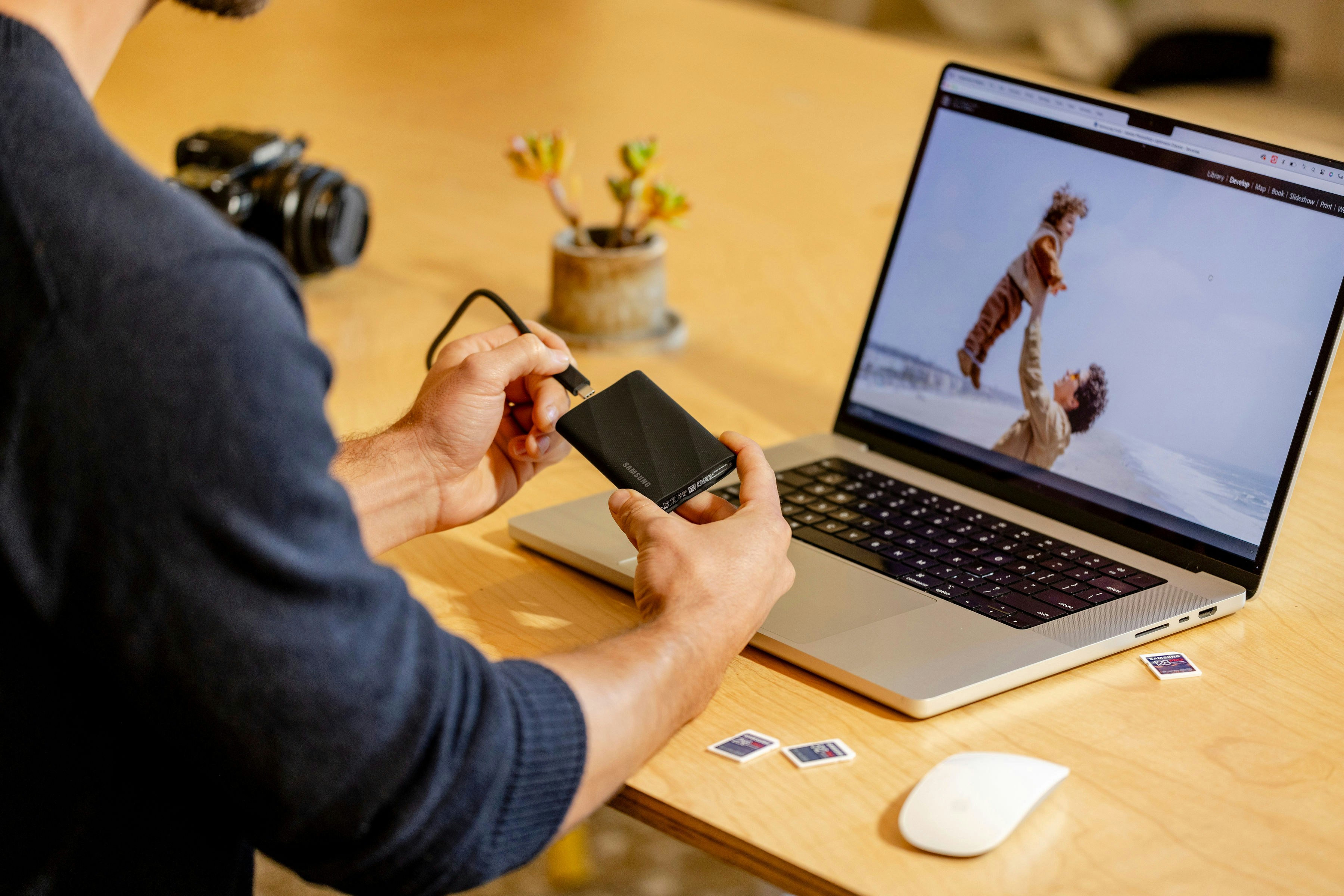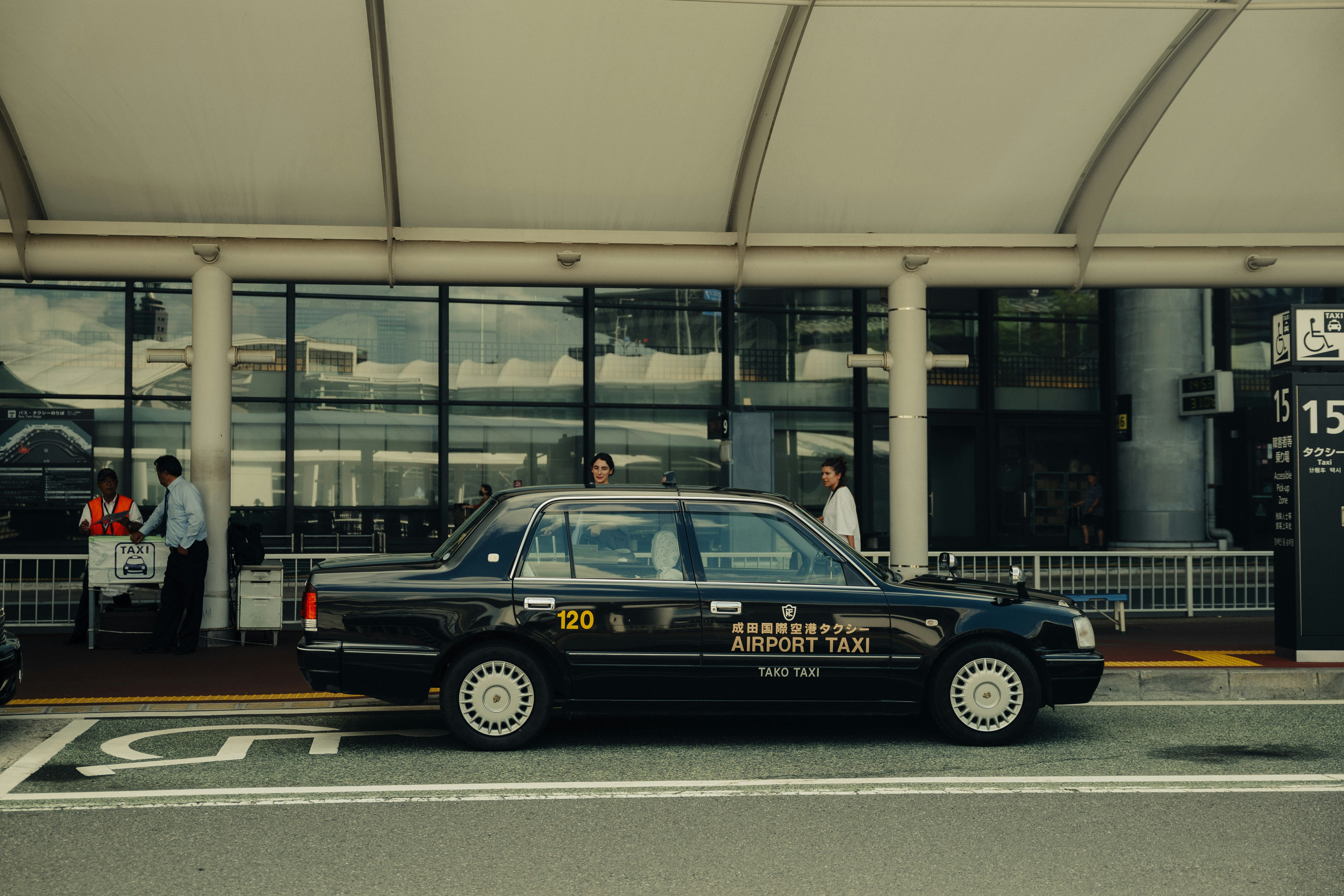The Future of Digital Design: AI and Automation
The Future of Digital Design: AI and Automation
The Future of Digital Design: AI and Automation
The Future of Digital Design: AI and Automation
aw. amirul islam
aw. amirul islam

8 PRINCIPLES FOR DESIGNING AI EXPERIENCES FOR CHILDREN
8 PRINCIPLES FOR DESIGNING AI EXPERIENCES FOR CHILDREN
8 PRINCIPLES FOR DESIGNING AI EXPERIENCES FOR CHILDREN
8 PRINCIPLES FOR DESIGNING AI EXPERIENCES FOR CHILDREN
Embracing the Future: AI and Automation in Digital Design
The digital design landscape is undergoing a transformative shift driven by the rapid advancement of artificial intelligence (AI) and automation. As these technologies become increasingly sophisticated, they are reshaping the way designers approach their craft, streamlining workflows, and unlocking new creative possibilities. AI’s ability to analyze vast amounts of data and automate repetitive tasks is revolutionizing the design process, allowing designers to focus on higher-level creative and strategic endeavors. This paradigm shift is not only enhancing efficiency but also expanding the boundaries of what’s possible in design.
Automation tools are streamlining routine tasks such as resizing images, generating layouts, and adjusting typography, which were once time-consuming manual processes. This automation allows designers to speed up production cycles and maintain consistency across projects. For instance, AI-powered design systems can automatically suggest color palettes, typography combinations, and layout options based on user preferences and industry trends. This reduces the time spent on iterative design processes and enables designers to explore more innovative concepts. Furthermore, AI’s predictive capabilities can forecast design trends and user behavior, providing valuable insights that guide creative decisions and ensure designs resonate with target audiences.
Redefining Creativity: AI as a Design Partner
AI is not only a tool for efficiency but also a collaborator in the creative process. Generative design algorithms can produce a multitude of design variations based on specific parameters set by the designer, offering a wealth of options that might not be conceived through traditional methods. This partnership between human creativity and AI’s computational power opens up new avenues for experimentation and innovation. Designers are leveraging AI to explore complex design problems, generate unique visual solutions, and even create entirely new design languages.
The integration of AI into design workflows also brings about a shift in the skill set required for designers. While technical proficiency in using design tools remains essential, there is an increasing emphasis on understanding and harnessing AI capabilities to enhance creativity. Designers are now tasked with defining the parameters and objectives for AI algorithms, guiding their outputs to align with artistic vision and brand identity. This evolving role highlights the importance of collaboration between designers and technologists, fostering a synergy that drives the future of digital design.
As AI and automation continue to advance, they promise to redefine the landscape of digital design. These technologies are not replacing human creativity but rather augmenting it, providing designers with powerful tools to push the boundaries of their craft. By embracing AI and automation, designers can achieve greater efficiency, explore innovative concepts, and ultimately create more engaging and impactful digital experiences. The future of digital design is poised to be a dynamic interplay between human ingenuity and technological advancement, shaping the way we interact with the world through design.
Embracing the Future: AI and Automation in Digital Design
The digital design landscape is undergoing a transformative shift driven by the rapid advancement of artificial intelligence (AI) and automation. As these technologies become increasingly sophisticated, they are reshaping the way designers approach their craft, streamlining workflows, and unlocking new creative possibilities. AI’s ability to analyze vast amounts of data and automate repetitive tasks is revolutionizing the design process, allowing designers to focus on higher-level creative and strategic endeavors. This paradigm shift is not only enhancing efficiency but also expanding the boundaries of what’s possible in design.
Automation tools are streamlining routine tasks such as resizing images, generating layouts, and adjusting typography, which were once time-consuming manual processes. This automation allows designers to speed up production cycles and maintain consistency across projects. For instance, AI-powered design systems can automatically suggest color palettes, typography combinations, and layout options based on user preferences and industry trends. This reduces the time spent on iterative design processes and enables designers to explore more innovative concepts. Furthermore, AI’s predictive capabilities can forecast design trends and user behavior, providing valuable insights that guide creative decisions and ensure designs resonate with target audiences.
Redefining Creativity: AI as a Design Partner
AI is not only a tool for efficiency but also a collaborator in the creative process. Generative design algorithms can produce a multitude of design variations based on specific parameters set by the designer, offering a wealth of options that might not be conceived through traditional methods. This partnership between human creativity and AI’s computational power opens up new avenues for experimentation and innovation. Designers are leveraging AI to explore complex design problems, generate unique visual solutions, and even create entirely new design languages.
The integration of AI into design workflows also brings about a shift in the skill set required for designers. While technical proficiency in using design tools remains essential, there is an increasing emphasis on understanding and harnessing AI capabilities to enhance creativity. Designers are now tasked with defining the parameters and objectives for AI algorithms, guiding their outputs to align with artistic vision and brand identity. This evolving role highlights the importance of collaboration between designers and technologists, fostering a synergy that drives the future of digital design.
As AI and automation continue to advance, they promise to redefine the landscape of digital design. These technologies are not replacing human creativity but rather augmenting it, providing designers with powerful tools to push the boundaries of their craft. By embracing AI and automation, designers can achieve greater efficiency, explore innovative concepts, and ultimately create more engaging and impactful digital experiences. The future of digital design is poised to be a dynamic interplay between human ingenuity and technological advancement, shaping the way we interact with the world through design.
Embracing the Future: AI and Automation in Digital Design
The digital design landscape is undergoing a transformative shift driven by the rapid advancement of artificial intelligence (AI) and automation. As these technologies become increasingly sophisticated, they are reshaping the way designers approach their craft, streamlining workflows, and unlocking new creative possibilities. AI’s ability to analyze vast amounts of data and automate repetitive tasks is revolutionizing the design process, allowing designers to focus on higher-level creative and strategic endeavors. This paradigm shift is not only enhancing efficiency but also expanding the boundaries of what’s possible in design.
Automation tools are streamlining routine tasks such as resizing images, generating layouts, and adjusting typography, which were once time-consuming manual processes. This automation allows designers to speed up production cycles and maintain consistency across projects. For instance, AI-powered design systems can automatically suggest color palettes, typography combinations, and layout options based on user preferences and industry trends. This reduces the time spent on iterative design processes and enables designers to explore more innovative concepts. Furthermore, AI’s predictive capabilities can forecast design trends and user behavior, providing valuable insights that guide creative decisions and ensure designs resonate with target audiences.
Redefining Creativity: AI as a Design Partner
AI is not only a tool for efficiency but also a collaborator in the creative process. Generative design algorithms can produce a multitude of design variations based on specific parameters set by the designer, offering a wealth of options that might not be conceived through traditional methods. This partnership between human creativity and AI’s computational power opens up new avenues for experimentation and innovation. Designers are leveraging AI to explore complex design problems, generate unique visual solutions, and even create entirely new design languages.
The integration of AI into design workflows also brings about a shift in the skill set required for designers. While technical proficiency in using design tools remains essential, there is an increasing emphasis on understanding and harnessing AI capabilities to enhance creativity. Designers are now tasked with defining the parameters and objectives for AI algorithms, guiding their outputs to align with artistic vision and brand identity. This evolving role highlights the importance of collaboration between designers and technologists, fostering a synergy that drives the future of digital design.
As AI and automation continue to advance, they promise to redefine the landscape of digital design. These technologies are not replacing human creativity but rather augmenting it, providing designers with powerful tools to push the boundaries of their craft. By embracing AI and automation, designers can achieve greater efficiency, explore innovative concepts, and ultimately create more engaging and impactful digital experiences. The future of digital design is poised to be a dynamic interplay between human ingenuity and technological advancement, shaping the way we interact with the world through design.


